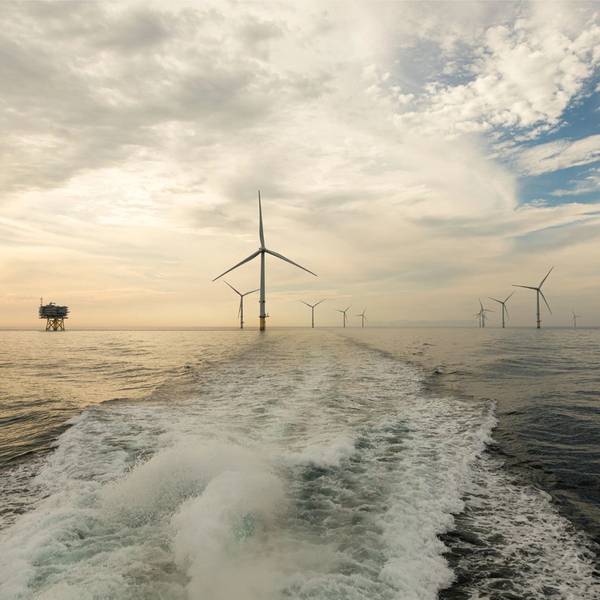
The government of Australia has granted 12 feasibility licenses for the Gippsland Offshore Wind Zone, with the potential installed generation capacity of 25 GW.
The news follows Australia’s governments move to approve six projects for feasibility studies for the Gippsland area offshore Victoria back in May.
According to Chris Bowen, Australia’s Minister for Climate Change and Energy, a total of 12 projects have now been approved for feasibility licenses to develop projects with a combined generation capacity of 25 GW.
The approved projects include those proposed by RWE, BlueFloat Energy, Corio Generation, and joint venture formed by Origin Energy and RES.
RWE has been granted a feasibility license for the development of an offshore wind farm of up to 2 GW close to the Kent Group islands in the Bass Strait. This area is Australia’s first designated offshore wind zone.
This license approval grants RWE an exclusive 7-year seabed right to develop the Kent Offshore Wind Farm project. The approval also allows RWE to apply for a commercial license to build and operate the wind farm for up to 40 years.
The wind farm provide enough power for up to 1.6 million Australian homes. The site is about 67 kilometres off the coast and has average water depths of 59 metres. The wind farm is expected to become operational in the first half of the 2030s, subject to the timing of the planning and approvals process, secured offtake as well as grid connection.
“By securing exclusive seabed rights in the Bass Strait off Gippsland, we are now entering the Australian offshore wind market and will bring our more than 20 years of experience in this field. With the Kent project, we will work on developing one of the first offshore wind farms off the Australian coast,” said Sven Utermöhlen, CEO of RWE Offshore Wind.
As for BlueFloat Energy, it has secured a license for the 2.1 GW Gippsland Dawn Offshore Wind Project.
Gippsland Dawn is proposed to be located between Paradise Beach and Ocean Grange and has capacity, and with its generation capacity, it will be capable of providing power for more than one million homes.
“The feasibility license will enable investigation work, including offshore metocean, geophysical and geotechnical investigations. Detailed technical studies and surveys will be completed. Gippsland Dawn will continue to seek feedback and engage closely with stakeholders and the community during every step of the project’s development,” said Darragh White, Gippsland Dawn’s Project Director.
Corio Generation’s proposal that was granted the license is for a 2.5 GW Great Eastern Offshore Wind project.
The fixed-bottom wind project is located approximately 22 kilometers off the central Gippsland coast to the east of Wilsons Promontory.
The project has recently achieved a milestone by completing 17 months of a 24-month marine environmental baseline survey program to inform the project development.
It is expected to be operational in 2032.
RES and Origin Energy have also received a license for their Navigator North Offshore Wind Project.
The Navigator North project is located approximately 34 km off the Southern Australian coast.
Encompassing an area of 700 km2, it boasts potential to contribute 1.5 GW of total installed capacity to the Australian National Electricity Market (NEM), which would be enough electricity to power close to one million homes.
“We are excited by this announcement of a feasibility licence for the Navigator North project in Gippsland, and the further opportunities emerging throughout the country. There is so much potential to develop an environmentally sensitive offshore wind industry in Australia that plays a meaningful role in addressing the climate crisis, complimenting the already established and successful onshore wind industry,” said Matt Rebbeck, RES’ CEO in Australia.



